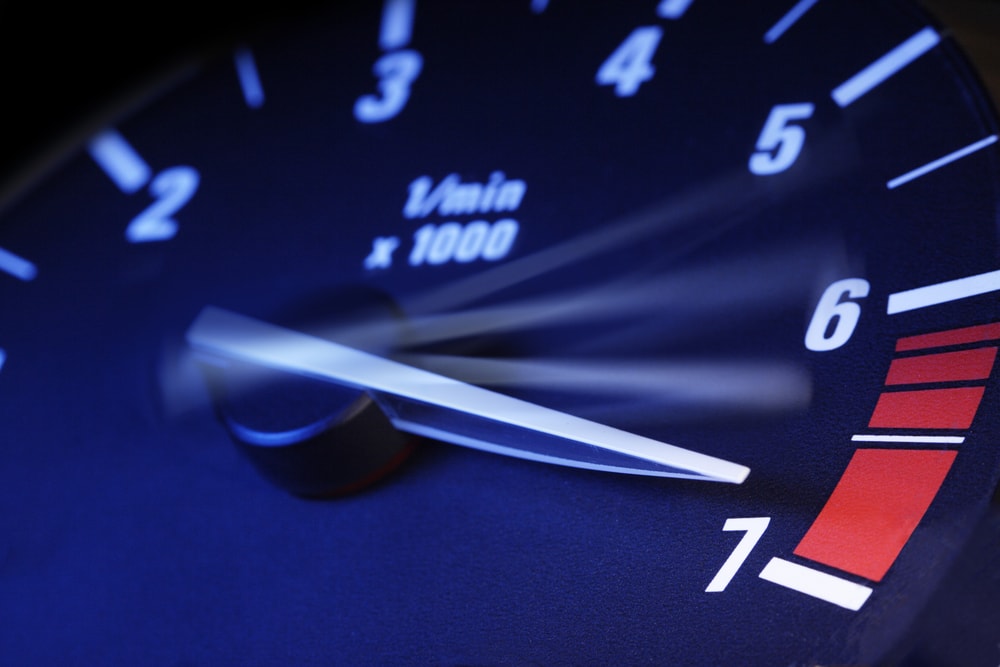
How to Use a Multimeter as a Tachometer: Step-by-Step Guide?
Share
For tech professionals and enthusiasts, having the right tools is essential for accurate measurements and diagnostics. One such handy tool is the multimeter. Many may not realize that a multimeter can serve as a tachometer for measuring the rotation speed of engines, motors, and other rotating devices. In this article, we will delve into the fascinating world of using a multimeter as a tachometer, detailing both the methodology and practical applications.

Understanding Tachometers and Their Importance
A tachometer is an instrument that measures the rotational speed of an object, typically in revolutions per minute (RPM). Whether you are tuning your vehicle, monitoring an industrial motor, or simply staying curious about machine behavior, a tachometer is a fundamental tool. While traditional tachometers exist, many tech professionals opt for convenience and versatility by employing a multimeter as a tachometer.
Why Use a Multimeter as a Tachometer?
Using a multimeter as a tachometer can be a game-changer, especially in situations where you need precise speed measurements urgently. Some advantages include:
- Affordability: A multimeter is often less expensive than a dedicated tachometer.
- Portability: Multimeters are compact, making them easy to transport and use in various locations.
- Versatility: Besides measuring RPM, a multimeter can gauge voltage, current, and resistance.
Prerequisites for Using a Multimeter as a Tachometer
Before we jump into the process, there are a few prerequisites you need to be aware of:
- Type of Multimeter: Ensure your multimeter has a frequency or RPM feature.
- Understanding of Your Device: Familiarize yourself with the operational mechanism of the rotating device.
- Safety Precautions: Always take necessary safety measures to avoid accidents during measurements.
Steps to Use a Multimeter as a Tachometer
Now that you've prepared your tools and taken the proper measures, let's get down to the steps:
Step 1: Prepare the Environment
Make sure the area is safe and clear of any unnecessary personnel. Good lighting is essential for clear visibility of your multimeter readings.
Step 2: Set the Multimeter
Switch the multimeter to the RPM or frequency setting, if available. Ensure that the leads are properly connected: the black lead goes to the COM terminal, and the red lead connects to the RPM terminal.
Step 3: Attach to the Device
For measurement, you'll have to connect the red lead to the signal source of the engine or rotating device. Ensure a secure connection to prevent any fluctuation in readings.
Step 4: Take the Reading
Start the device and observe the readings on the multimeter. The readings will reflect the rotational speed in RPM, allowing you to gauge performance accurately.
Applications of Using a Multimeter as a Tachometer
The applications for using a multimeter as a tachometer are numerous, including:
- Vehicle engine diagnostics
- Monitoring industrial machinery
- Evaluating the performance of electric motors
Common Mistakes to Avoid
To achieve accurate measurements, avoid these common pitfalls:
- Wrong Settings: Ensure the multimeter is on the correct mode.
- Poor Connections: Make sure the leads are securely attached.
- Inaccurate Calibration: Regularly check the calibration of your multimeter.
FAQs
1. Can all multimeters be used as tachometers?
No, only multimeters with specific RPM or frequency features can function as tachometers.
2. What safety precautions should I take?
Always ensure to wear safety goggles and avoid direct contact with rotating parts.
3. Are there alternatives to using a multimeter as a tachometer?
Yes, there are dedicated tachometers, photo tachometers, and other RPM measuring devices.

Further Reading
For more information on tachometers and their applications, you can refer to this resource. You may also find it useful to review how to use a photo tachometer and check idle speed.
